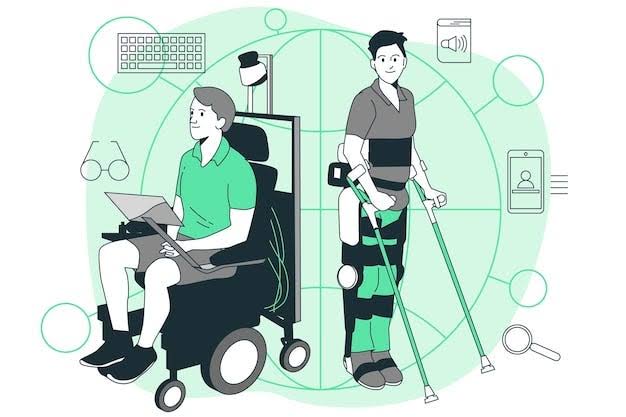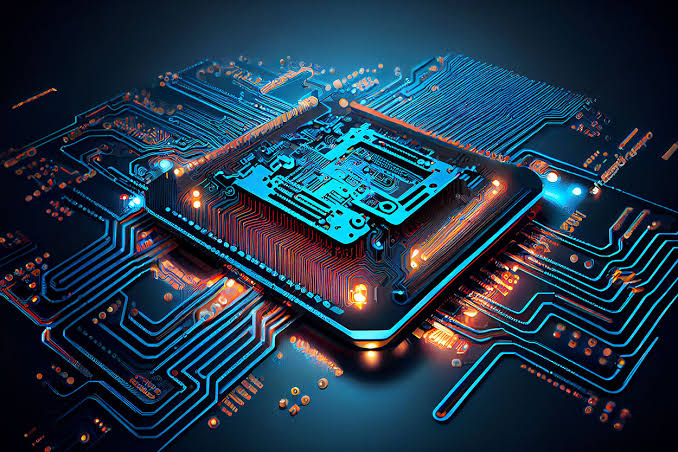The Internet of Things (IoT) is now a key part of modern technology, linking billions of devices like smart home gadgets, health trackers, industrial machines, and connected cars. By 2025, IoT keeps growing fast, making life easier and work more efficient. But more connected devices also bring bigger cybersecurity risks. Weaknesses in IoT can cause data leaks, privacy issues, and big cyberattacks if not handled well. Knowing the main cybersecurity threats in IoT is important to protect networks, data, and users.
Understanding IoT and Its Security Challenges
IoT devices communicate and exchange data through the internet, often collecting sensitive information and interacting with other devices automatically. Unlike traditional computers or smartphones, many IoT devices are lightweight, with limited processing power and minimal built-in security.
Key security challenges include:
- Large Attack Surface: Each connected device becomes a potential entry point for hackers.
- Weak Authentication: Many IoT devices lack strong password protections or encryption.
- Unpatched Vulnerabilities: Manufacturers often delay or neglect firmware and security updates.
- Data Privacy Risks: IoT devices constantly collect and transmit personal or operational data.
These factors make IoT ecosystems highly attractive targets for cybercriminals.
Common Cybersecurity Threats in IoT
1. Unauthorized Access and Device Hijacking
Hackers can exploit weak authentication or unsecured networks to gain control of IoT devices.
- Example: Cybercriminals taking over smart cameras or home assistants to spy on users.
- Impact: Compromised devices can lead to data theft, blackmail, or surveillance.
2. Botnets and Distributed Denial of Service (DDoS) Attacks
IoT devices can be hijacked and turned into part of a botnet—a network of infected devices used to carry out large-scale attacks.
- Example: The Mirai botnet exploited IoT cameras and routers to launch massive DDoS attacks.
- Impact: Disrupted services, server downtime, and potential financial loss for businesses.
3. Data Breaches and Privacy Violations
IoT devices frequently collect sensitive information, such as health metrics, location data, and usage patterns. Without proper encryption, this data can be intercepted or stolen.
- Example: Hackers targeting smart health devices to access medical information.
- Impact: Identity theft, fraud, and loss of consumer trust.
4. Ransomware Attacks on IoT Devices
Cybercriminals can lock IoT devices or systems and demand payment for restoring access.
- Example: Smart locks or connected vehicles being disabled until a ransom is paid.
- Impact: Safety risks, operational disruptions, and financial losses.
5. Supply Chain Vulnerabilities
Many IoT devices rely on components and software from multiple suppliers, increasing the risk of compromised firmware or malicious updates.
- Example: Attackers injecting malware during manufacturing or distribution.
- Impact: Widespread device compromise that is difficult to trace.
6. Industrial and Critical Infrastructure Attacks
Industrial IoT (IIoT) systems control essential infrastructure like power grids, water facilities, and manufacturing plants. A cyberattack on these systems can have catastrophic consequences.
- Example: Hackers targeting connected sensors or industrial controllers to disrupt operations.
- Impact: Large-scale service outages, economic loss, and public safety risks.
Strategies to Mitigate IoT Cybersecurity Threats
- Implement Strong Authentication
Use unique passwords, multi-factor authentication, and biometric options where possible. - Regular Software and Firmware Updates
Keep devices up to date to patch known vulnerabilities. - Data Encryption
Protect sensitive data both in transit and at rest to prevent interception. - Network Segmentation
Separate IoT devices from critical systems to reduce potential attack spread. - Monitor Device Behavior
Use AI-powered monitoring tools to detect unusual traffic or activity patterns. - Choose Secure Devices
Select IoT products from reputable manufacturers with a clear focus on cybersecurity.
The Future of IoT Cybersecurity
As IoT adoption continues to expand, the cybersecurity landscape will evolve with it. Emerging trends include:
- AI-Powered Threat Detection: AI will identify attacks faster by analyzing behavioral patterns.
- Blockchain for Device Authentication: Decentralized ledgers can secure device identities and communication.
- Stronger Global Regulations: Governments are introducing stricter compliance standards for IoT security.
- Edge Computing Security: Processing data closer to devices reduces exposure and enhances privacy.
Proactive cybersecurity measures will be essential as smart cities, autonomous vehicles, and healthcare IoT ecosystems become more common.
Conclusion
The Internet of Things offers tremendous opportunities for efficiency, convenience, and innovation, but it also introduces a wide range of cybersecurity threats. From data breaches and ransomware to botnet attacks and industrial sabotage, the risks are significant. Strengthening authentication, keeping devices updated, encrypting data, and implementing smart security practices are vital for protecting IoT ecosystems. As technology advances, organizations and individuals must remain vigilant to ensure that the benefits of IoT do not come at the cost of safety and privacy.




IoT is two edged. Got it’s pros and cons